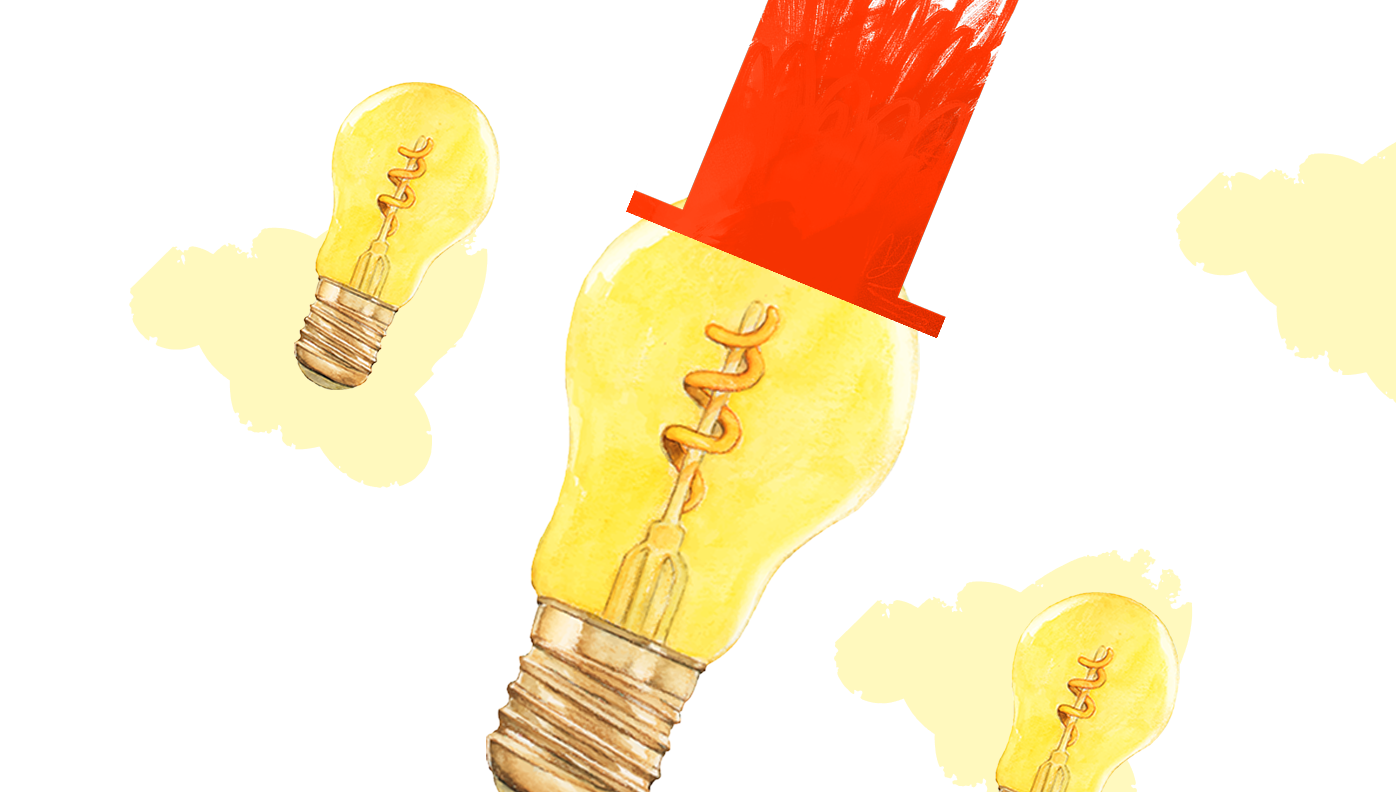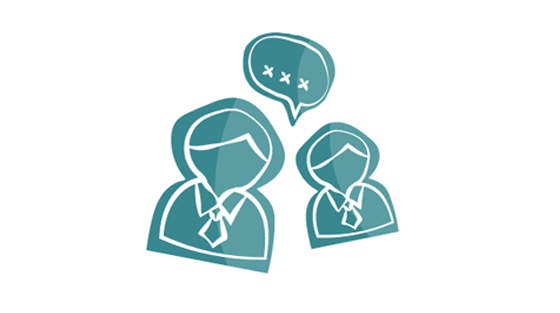Diagnoza

- Strona główna
- Diagnoza

Diagnoza neuroatypowości i autyzmu – nowy początek
Diagnoza neuroatypowości, w tym autyzmu i ADHD, to moment, który może zmienić wszystko. To nie tylko proces medyczny czy formalne potwierdzenie, ale przede wszystkim klucz do zrozumienia. Dla wielu osób i ich bliskich diagnoza staje się nowym początkiem – momentem ulgi, nadziei i lepszego zrozumienia codziennych wyzwań.
Dlaczego diagnoza autyzmu, ADHD i innych stanów jest ważna?
Perspektywa osoby dorosłej
- Poczucie ulgi: Wielu dorosłych bohaterów naszej kampanii Spektrum Kobiet przyznaje, że diagnoza pozwoliła im zaakceptować siebie i zrozumieć własne potrzeby. Jak powiedziała jedna z nich: „Diagnoza była dla mnie jak oddychanie po raz pierwszy bez ciężaru.”
- Dostęp do wsparcia: Po diagnozie otwierają się drzwi do terapii, grup wsparcia oraz indywidualnych rozwiązań, które pomagają osobom neuroatypowym rozwijać się zgodnie ze swoim potencjałem.
- Zrozumienie przez bliskich: Diagnoza ułatwia komunikację w rodzinie i umożliwia budowanie relacji opartych na empatii.
Perspektywa rodzica/opiekuna
- Kierunek działania: diagnoza pozwala wyznaczyć kierunek, w którym może iść cała rodzina. Umożliwia zrozumienie i akceptację potrzeb dziecka i odpowiednie ich zaopiekowanie.
- Dostęp do wsparcia: diagnoza umożliwia dobór odpowiednich terapii, ale też wsparcie w przedszkolu czy szkole – indywidualne programy edukacyjno-terapeutyczne dostosowane do potrzeb dziecka umożliwiają rozwój potencjału i pomagają poradzić sobie z trudnościami.
- Wskazówki dla bliskich: mając diagnozę łatwiej wytłumaczyć bliskim z czym wiąże się neuroatypowość oraz jak mogą się zaangażować i pomóc.
Jak przebiega diagnoza autyzmu, ADHD i innych stanów?
Diagnoza neuroatypowości to proces obejmujący rozmowy ze specjalistami, obserwację zachowań oraz testy i badania. W Fundacji Jim dbamy, aby każdy etap przebiegał w atmosferze akceptacji i zrozumienia.
Nasi psychiatrzy korzystają z indywidualnie dobranych narzędzi diagnostycznych, a terapie opierają się na sprawdzonych metodach. Diagnozę i terapię dopasowujemy do potrzeb każdej osoby.
Etapy diagnozy

Wywiad ze specjalistą dotyczący codziennego funkcjonowania.

Przeprowadzanie obserwacji i testów dostosowanych do wieku oraz potrzeb osoby badanej.

Szczegółowa analiza wyników i omówienie ich z rodziną.

Indywidualne zalecenia i wsparcie terapeutyczne.
Diagnoza dzieci
Diagnoza u dzieci koncentruje się na wczesnym wykrywaniu neuroatypowości, co pozwala na szybkie wdrożenie odpowiedniego wsparcia. W procesie diagnozy dzieci kluczowe są:
- ➤ Obserwacja zachowań w różnych środowiskach, np. w domu i przedszkolu/szkole.
- ➤ Wywiad z rodzicami i opiekunami, który pomaga określić trudności oraz mocne strony dziecka.
- ➤ Testy i skale oceny dostosowane do wieku dziecka.
- ➤ Wsparcie dla rodziny w zrozumieniu diagnozy i dostosowaniu codziennego funkcjonowania do potrzeb dziecka.


Diagnoza dorosłych
Wielu dorosłych przez lata funkcjonowało bez świadomości, że są neuroatypowi. Diagnoza w dorosłym wieku może pomóc lepiej zrozumieć siebie i znaleźć strategie wspierające codzienne życie. Proces diagnozy u dorosłych obejmuje:
- ➤ Szczegółowy wywiad dotyczący doświadczeń z dzieciństwa i dorosłości.
- ➤ Ocena objawów w kontekście pracy, relacji społecznych i emocji.
- ➤ Testy psychologiczne i kliniczne dostosowane do specyfiki osób dorosłych.
- ➤ Możliwość uzyskania rekomendacji dotyczących terapii oraz dostosowania środowiska pracy i życia.
Zapraszamy do naszych klinik
Oferujemy kompleksowe podejście do diagnozy:
- ➤ Własne kliniki diagnostyczne, gdzie pracują specjaliści w zakresie neuroróżnorodności.
- ➤ Wsparcie podczas całego procesu diagnostycznego.
- ➤ Dostęp do międzynarodowej wiedzy i nowoczesnych narzędzi diagnostycznych.
Skontaktuj się z nami
Jeśli szukasz profesjonalnej diagnozy autyzmu, ADHD lub innych stanów neuroróżnorodności w atmosferze wsparcia i zrozumienia, odwiedź naszą dedykowaną stronę: klinika.jim.org.
Diagnoza może być pierwszym krokiem ku lepszemu życiu – nie tylko dla osoby neuroatypowej, ale również dla jej najbliższych.
Skontaktuj się z nami i poznaj możliwości diagnozy w Fundacji Jim.

ul. Cieślewskich 33, 03-017 Warszawa
+48 453 051 160 poradnia.warszawa@jim.orgStań po stronie neuroróżnorodności
Każdy z nas jest inny. Wspierając osoby neuroatypowe, tworzysz świat, w którym każdy głos jest ważny, a różnorodność jest siłą, nie przeszkodą.


